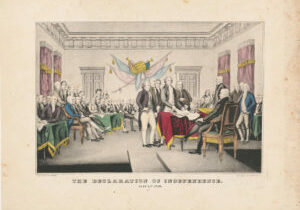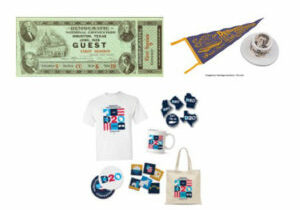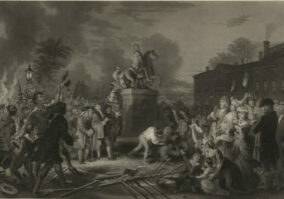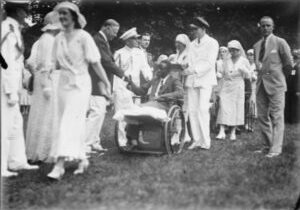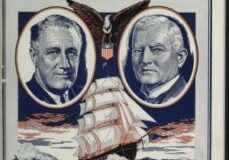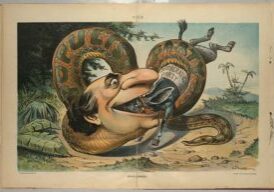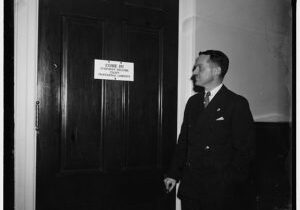Lesson Plans
The Declaration, Her Declaration, Your Declaration
Students analyze the text of the Declaration of Independence and the poem “Declaration” by U.S. poet laureate Tracy K. Smith. After, students create their own Declaration erasure poems that speak to their thoughts, feelings, and experiences.
The Declaration of Independence: Created Equal?
Through discussion and primary source analysis, students investigate Thomas Jefferson's efforts to deal with the complex issues of equality and slavery in the Declaration of Independence. After, students rewrite the Declaration of Independence (or portions of it) to fit a contemporary society and may also stage a mock trial with the students playing the roles of Jefferson and others and Library of Congress primary sources serving as evidence.
Technology & Presidential Nominating Conventions
Students analyze primary sources and other resources from 1928, 1960, and 2020 to investigate and consider the impact changes in technology had on presidential nominating conventions. After, students envision future technologies and how they might be used to impact future presidential elections.
Pulling Down the Statue
Students analyze, then compare and contrast primary source images to investigate the historical removal of a monument. Next students read articles to to investigate contemporary events related to statue removals, then write an op-ed article that links their study of the past to the present situation.
The Art of Tribute
What can you learn about people by analyzing statues created to memorialize them? Who is worthy of a monument? Students consider these questions and more as they analyze primary sources. After, students research and evaluate the building of historical statues and monuments in the United States. Students then either create a drawing or small prototype of a statue of someone to be installed in the National Garden of American Heroes or write a short op-ed against the construction of the National Garden of American Heroes, sharing their work with their congressional representative.
Who Should Care for America’s Veterans?
Students investigate the U.S. government’s role in the care of returning soldiers throughout history, then craft a proposal to the Veterans Affairs Department outlining how returning veterans today should be cared for that addresses medical care (both physical and mental health), job training/search, education, and housing.
FDR and the Alphabet Agencies
Students analyze Franklin Delano Roosevelt’s First Inaugural Address and compare the promises made to his later work as president, then apply what they learned to create a government agency that would deal with a contemporary issue.
Political Parties – Advanced
Students gain a deeper understanding of political parties and the role they play in U.S. elections, evaluate how partisan priorities have changed over time, and then create political parties that speak to issues affecting young people as well as people of other generations.
The Formation of Political Parties
Students work in groups to investigate a case study using primary sources to help answer the question “Why do political parties form?” Students then use their learning to advise one of the two major U.S. political parties about a fledgling new "Teen Party".
You Can’t Always Get What You Want (But If You Lobby Sometimes, You Might Find, You Get What You Need)
Students will investigate lobbying and the role of lobbyists in U.S. government historically and currently, brainstorm an idea for school improvement that they will lobby either for or against, and reflect on how they have grown through their learning.

